Technology is evolving at a rapid pace, transforming how we live, work, and communicate. From intelligent devices to AI-driven software, innovation is now part of everyday life. Two major areas contributing to this transformation are embedded systems and chatbot technologies. While they serve different functions, both play a vital role in enhancing user experience, automating tasks, and creating smarter solutions for businesses and consumers alike.
What Are Embedded Systems?
Embedded systems are specialized computer systems designed to perform dedicated tasks. Unlike general-purpose computers, embedded systems are built into machines and devices—ranging from washing machines and digital cameras to industrial robots and medical equipment. They typically include hardware (like microcontrollers) and software tailored for a specific function.
You interact with embedded systems more often than you might think. For example, when you adjust the temperature on your smart thermostat or use an automated parking system in a car, you’re relying on embedded technology.
Why Embedded Software Matters
At the heart of any embedded system is the software that controls its operations. This software is responsible for interpreting sensor data, managing power consumption, handling user input, and maintaining system performance. As devices become more connected and intelligent, the software within them needs to be efficient, secure, and reliable.
Companies that offer Embedded Software Development Services help businesses build these custom software solutions. Whether it’s a smart wearable, a healthcare device, or an industrial machine, these services ensure the product works smoothly and safely. Developers focus on optimizing performance, reducing memory usage, and ensuring real-time operation—all critical for embedded environments.
Smart Devices Everywhere
The Internet of Things (IoT) has expanded the use of embedded systems across industries. Smart home devices like voice-controlled lights, connected refrigerators, and automated vacuum cleaners all rely on embedded technology. In healthcare, devices like heart monitors and insulin pumps gather patient data and provide real-time alerts.
In industrial sectors, embedded systems power automation, predictive maintenance, and robotics. All these applications require precise and responsive software to function effectively, showing how important embedded development has become in the modern world.
Chatbots: The Face of Digital Communication
On a completely different side of the tech spectrum lies chatbot technology. A chatbot is an AI-powered tool that can simulate conversation with users. You’ve probably interacted with one when asking a question on a website or getting support from an app. Chatbots are becoming increasingly common across e-commerce, healthcare, education, and even banking.
Today’s chatbots go beyond basic question-and-answer models. They can understand user intent, offer product suggestions, schedule appointments, and even process orders. All this is done through natural language processing (NLP) and machine learning algorithms, making them more human-like in their responses.
Chatbots and AI Working Together
Modern chatbots are powered by artificial intelligence. They learn from previous conversations, improve over time, and can even detect user sentiment. When combined with voice recognition, chatbots can serve as virtual assistants, helping users with tasks like booking tickets, checking bank balances, or ordering groceries using simple voice commands.
These AI chatbots are not only helpful for end users but also valuable for companies looking to gather insights. With built-in analytics, businesses can track user behavior, preferences, and issues—all of which contribute to better service and product development.
How Chatbots Help Businesses
For businesses, chatbots offer many advantages. They’re available 24/7, reduce the need for human agents, and improve response times. Customers get help instantly without waiting in queues or navigating through complex menus. Chatbots can also handle repetitive tasks like password resets, FAQs, or gathering user data before forwarding the query to a human agent.
Companies offering Chatbot Development Services help organizations create tailored chatbots that align with their business goals. This includes designing the conversation flow, integrating with databases or CRMs, and ensuring the chatbot understands various languages and intents. Custom-built bots can be deployed on websites, mobile apps, or messaging platforms like WhatsApp and Facebook Messenger.
Comparing Embedded Systems and Chatbots
Though embedded systems and chatbots operate in different domains—hardware and software respectively—they share a common goal: automation and efficiency. Embedded systems make devices smarter and more independent, while chatbots automate human interactions and simplify communication.
Conclusion
Technology continues to shape how we live, interact, and solve problems. Embedded systems give intelligence to physical devices, while chatbots make digital interactions seamless and efficient.
Interestingly, these technologies are starting to overlap. For example, smart speakers and voice assistants are embedded devices running chatbot software. A smart refrigerator with a voice interface or a car infotainment system that responds to voice commands are examples of embedded systems using chatbot technologies to enhance user interaction.

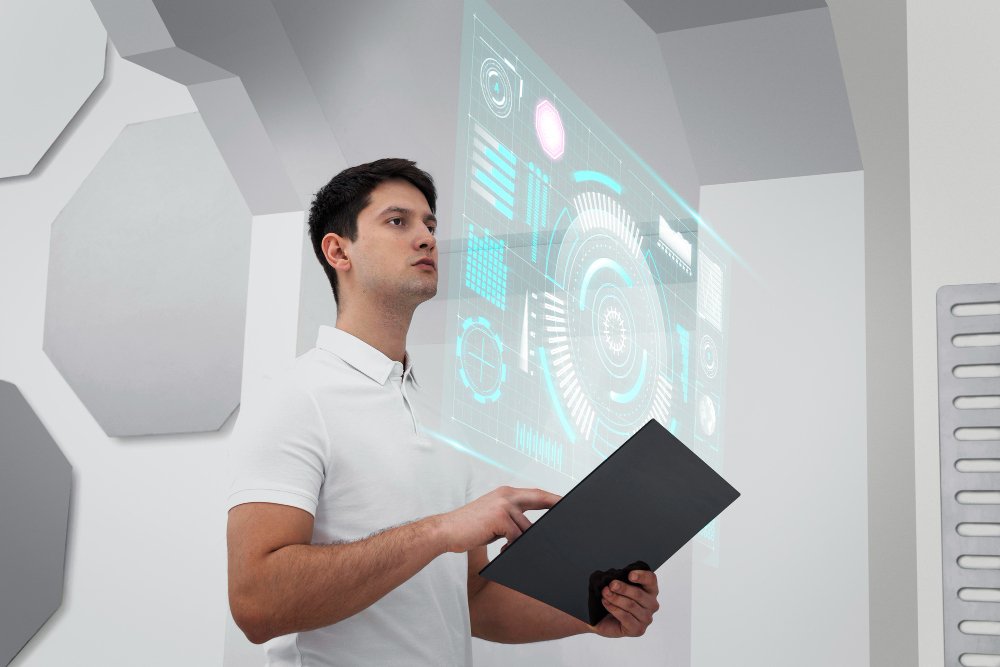


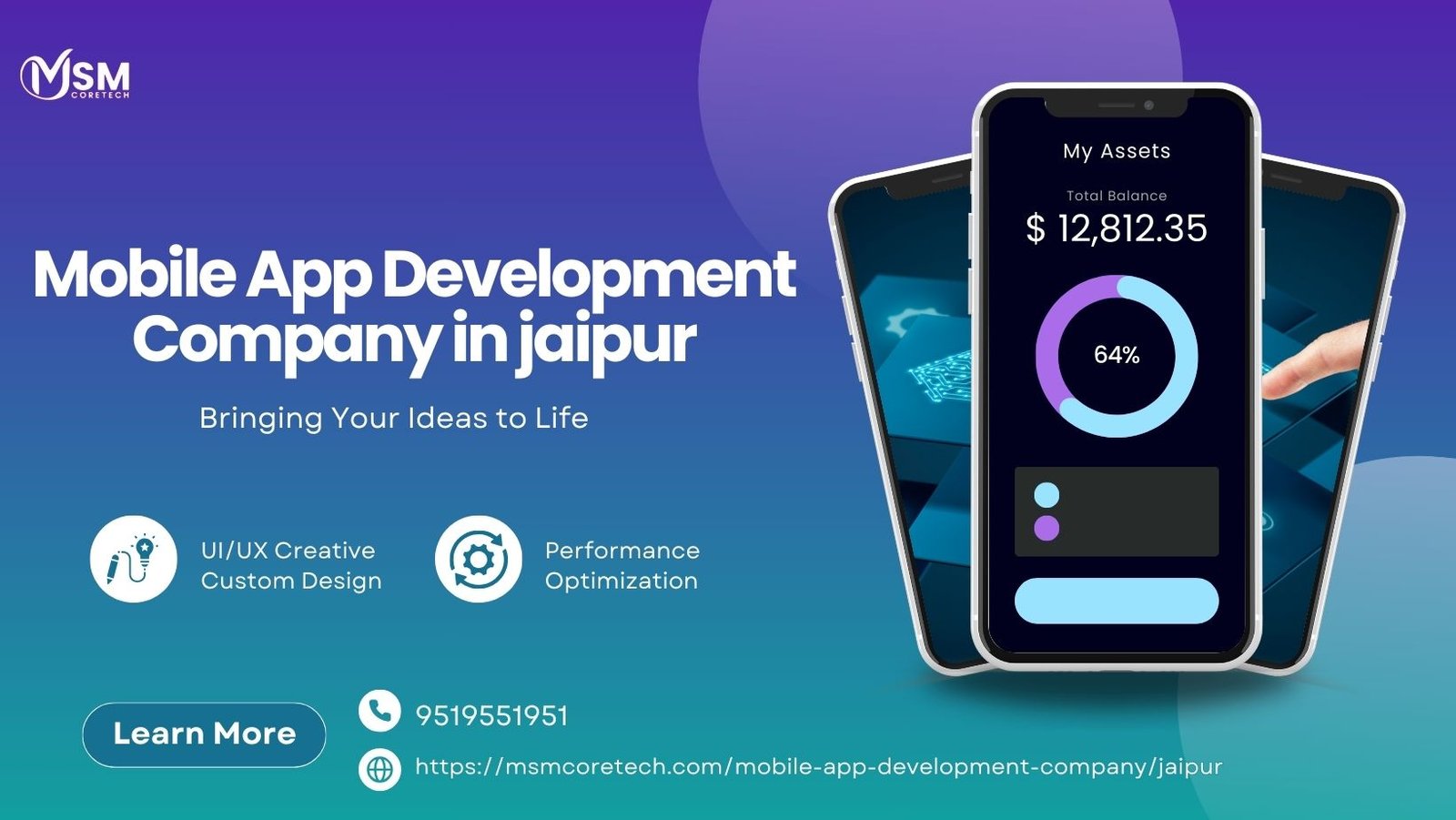
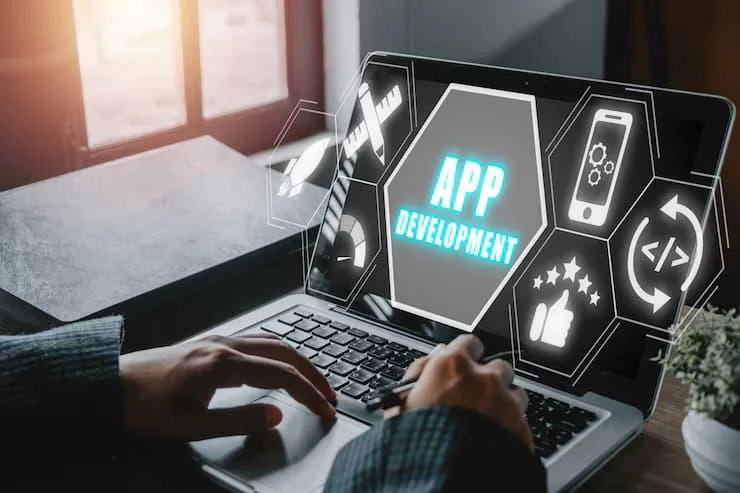
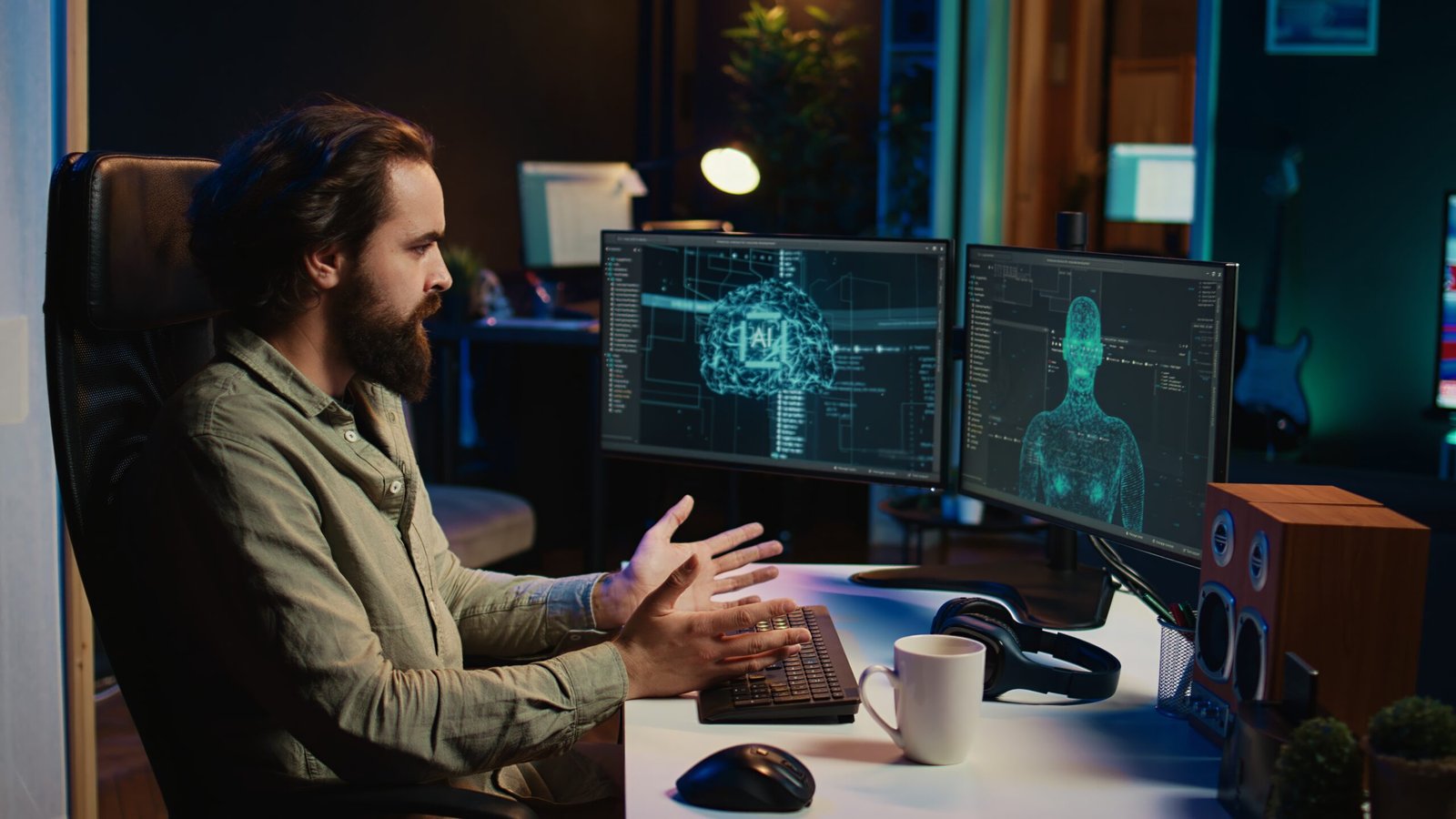
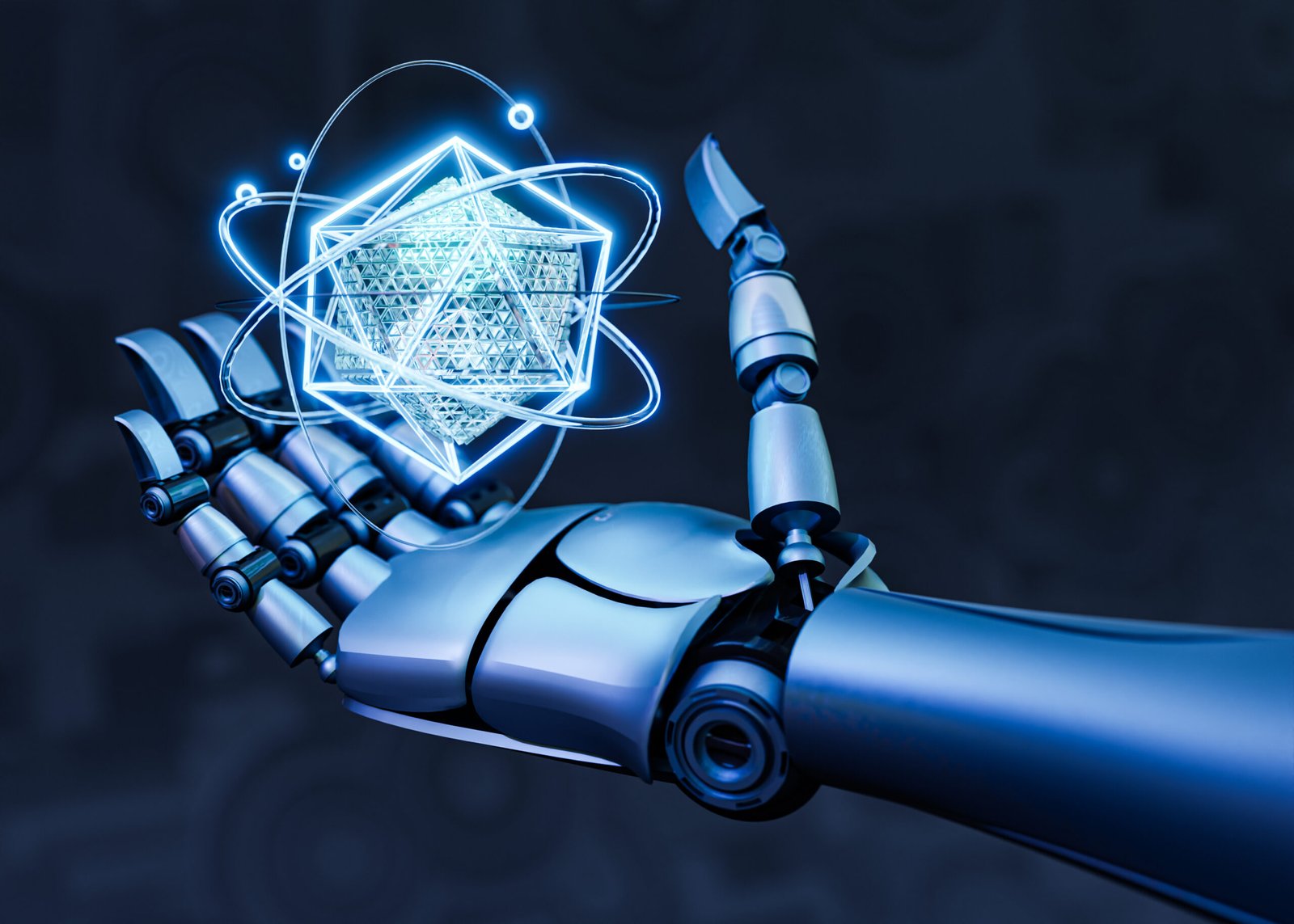


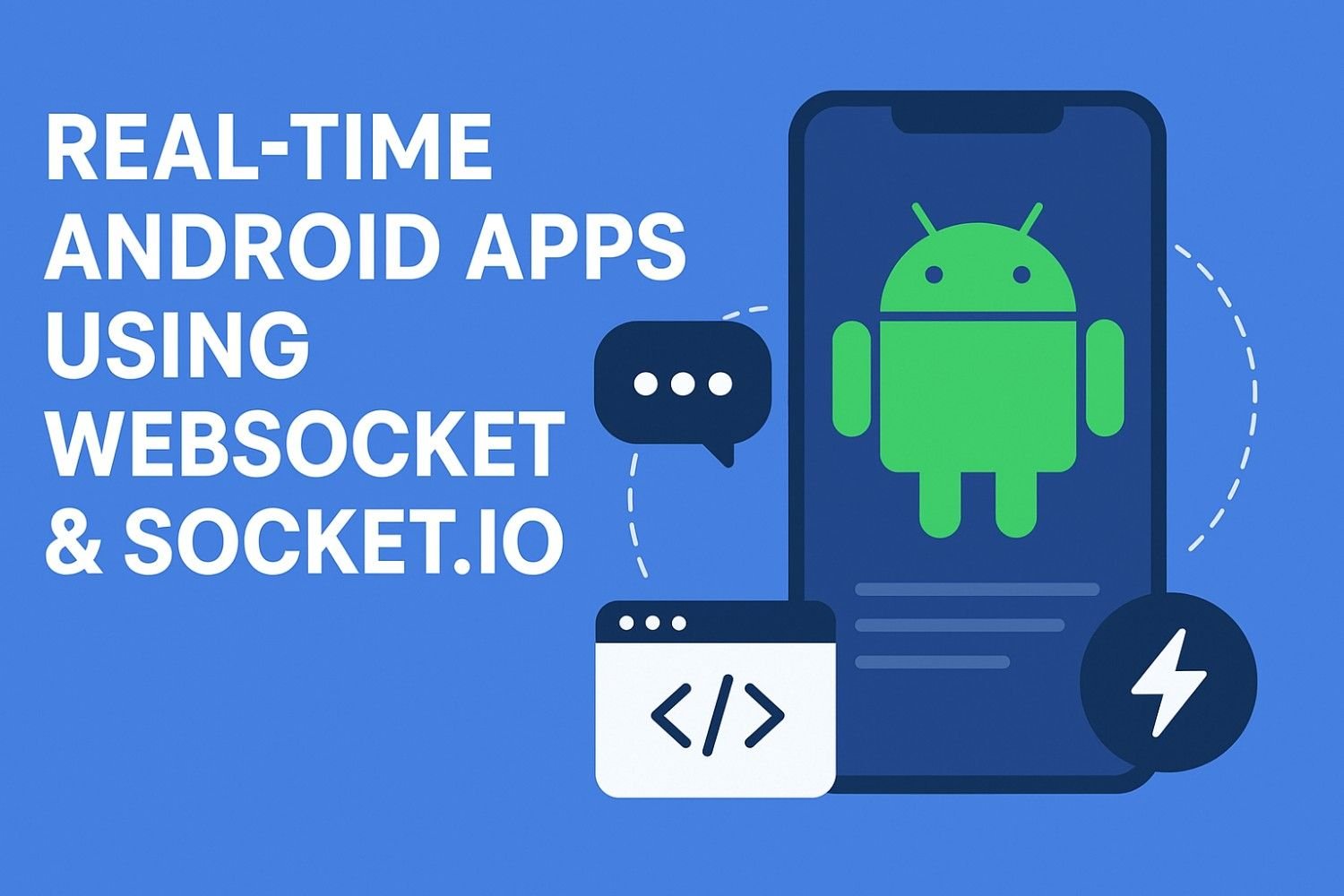
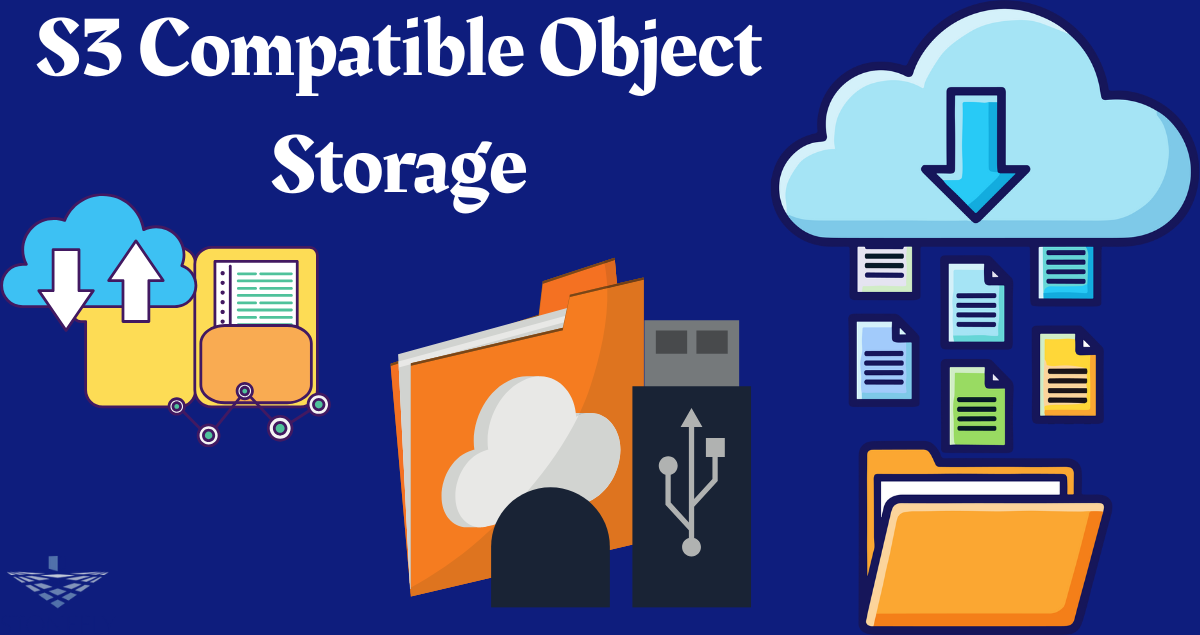

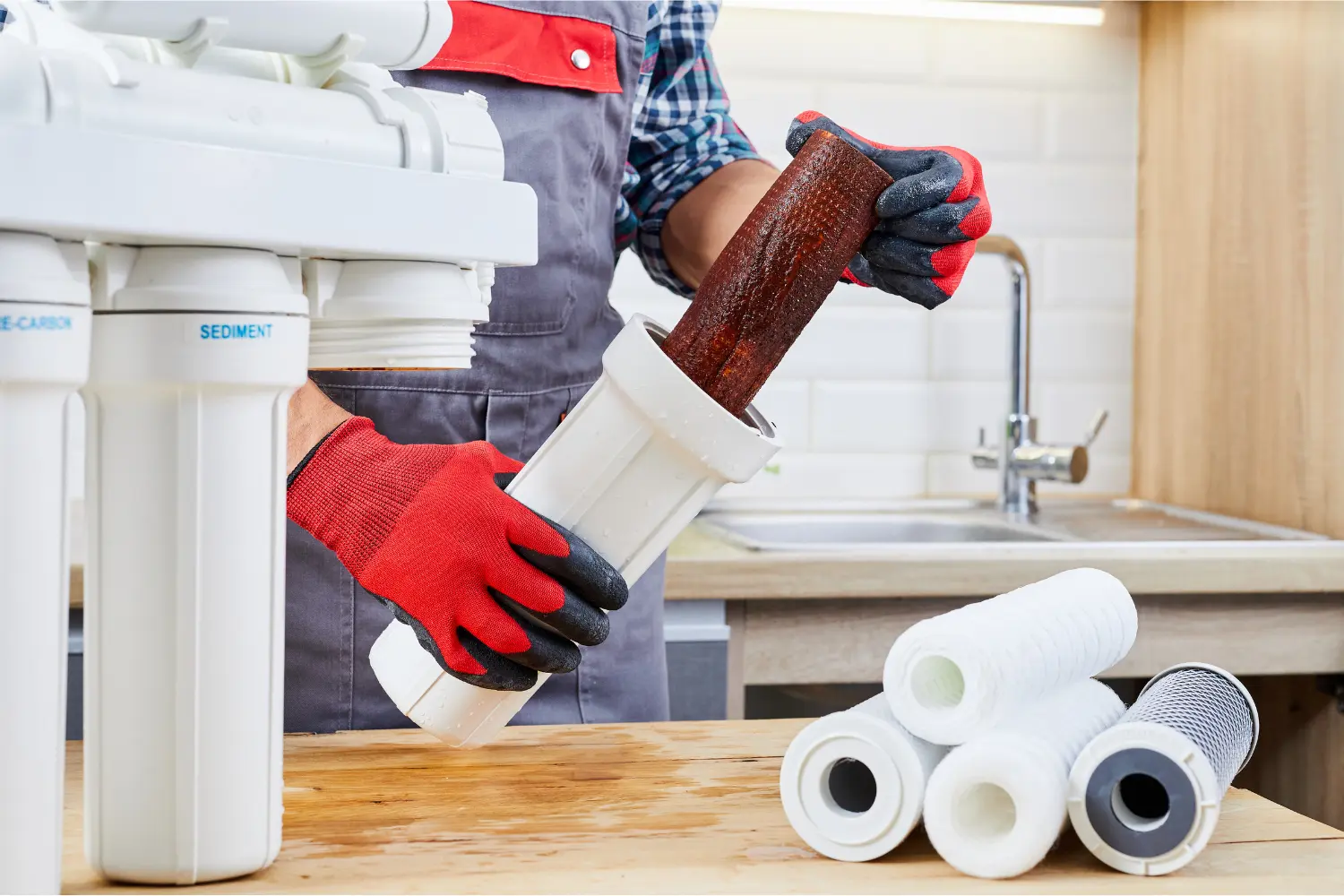


Leave a Reply